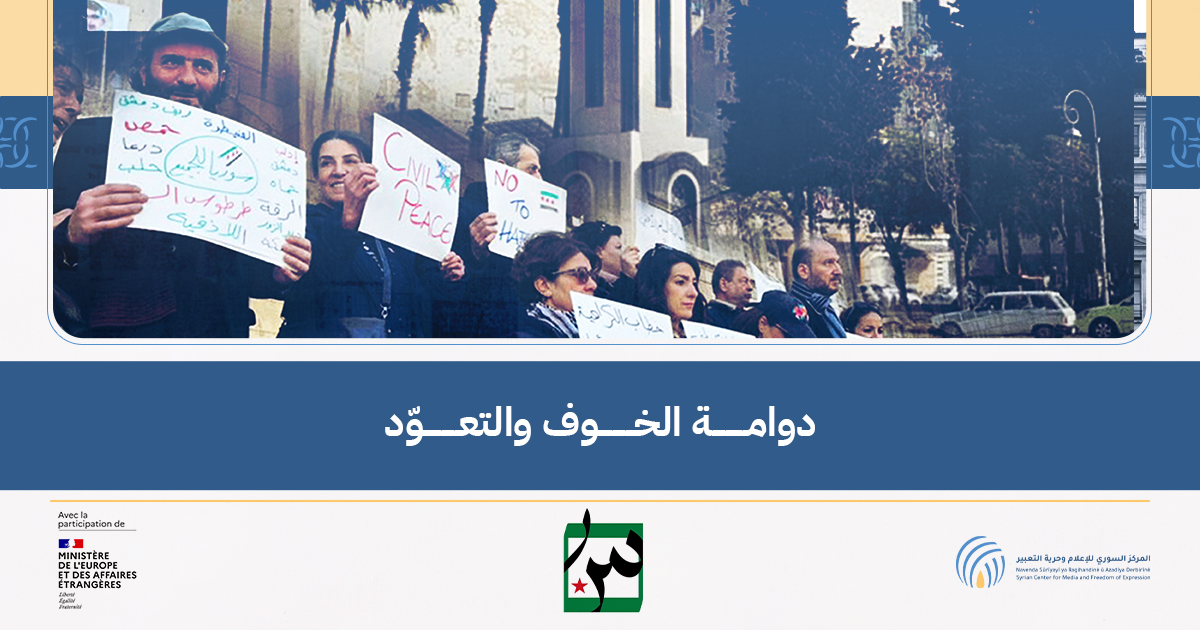
Photo of a subsequent attack: victims of chemical weapons in Khan Shihun
AMSTERDAM/UNITED NATIONS (Reuters) – Samples from an attack by Syrian forces in March 2017 on an opposition-held town tested positive for the banned nerve agent sarin in an examination by the global chemical weapons watchdog, sources told Reuters on Wednesday 4/10/2017.
The March 30 air strike in the town of Latamneh, in the northern Syrian Hama area, injured around 70 people who suffered nausea, foaming at the mouth and muscle spasms.
“Samples analysis results show clear presence of sarin,” a source told Reuters of the findings by the Organisation for the Prohibition of Chemical Weapons (OPCW).
Military officials have repeatedly denied that forces under Syrian President Bashar al-Assad have used chemical weapons during the country’s civil war.
U.N. war crimes investigators however said in a report last month that Syrian forces had used chemical weapons more than two dozen times, including in a sarin attack on the town of Khan Sheikhoun in April that killed more than 80 people.
A Joint U.N.-OPCW investigation found that government forces used chlorine barrel bombs at least three times, while Islamic State militants had used sulphur mustard gas.
The latest finding by the OPCW is expected to be included in a report by its Fact Finding Mission for Syria, due to be finalised in coming weeks.
Video report on the attack on the city of Latamna on Thursday, March 30, 2017





